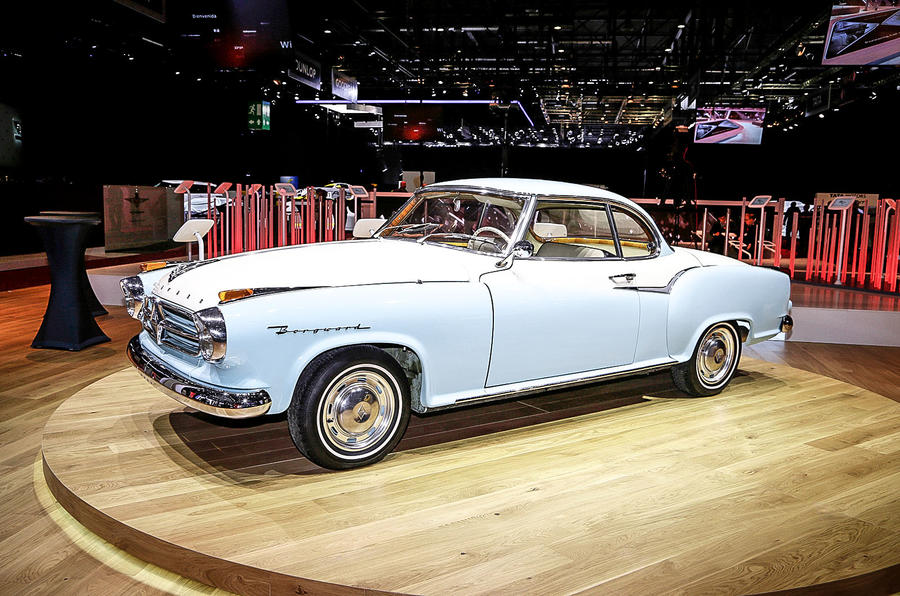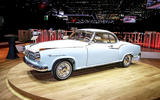German car maker Borgward has been resurrected by a consortium led by the grandson of the original company founder.
The relaunch of the once prominent German company, revealed at the Geneva motor show, comes more than half a century after Borgward ceased operations, following bankruptcy in 1961.
Borgward are back at the Frankfurt Motor Show 2017
Karl-Heinz Knoess, the new president of Borgward, said the revived company will target traditional European and emerging markets with a range of “luxurious, inventive and bold” models. The first is planned to be unveiled in production guise at the Frankfurt motor show in September, prior to the start of sales in 2016.
Knoess told Autocar that the new company will be based in Germany’s automotive heartland in Stuttgart. It aims to deliver up to 800,000 cars per year by 2020 in the initial phase of a business plan aimed at re-establishing the Borgward brand.
In a second phase of operations, Borgward proposes to produce up to 1.6 million cars annually by 2025.
“We want to become one of the top players in the automotive industry,” said Knoess, who previously worked for Daimler and General Motors, the parent company of Mercedes-Benz.
The modern-day Borgward line-up will be based around a series of modular platform structures, and a range of proprietary petrol, diesel and hybrid drivelines. These will be developed by Borgward in partnership with a team of yet-to-be-revealed supplier companies.
Taking aim at Mercedes-Benz, and its alliance partnership with Renault, Knoess said: “We don’t want to buy Renault engines and put them in our cars like other premium German manufacturers do. We want the Borgward name on our engine.”
Among the team assembled by Knoess to bring Borgward back to life is former Saab design boss, Einar Hareide. He has been tasked with designing a range of models that, he says, will encapsulate the “accessible premium” model that distinguished former Borgward products.
“Borgward was famous for introducing new innovations with every car," said Hareide. "We intend to follow this principle."
As well as promising contemporary solutions in the areas of platforms and engines, the company also said it was focusing heavily on in-car connectivity. A spokesman said its telematics concept, called Multiple Interaction, will “change the way you think about the car”.
Hareide said the new range of Borgwards will not be retro in appearance but build on the characteristics of earlier models with what he described as “elegance, functionality, accessibility and quality”.









Add your comment